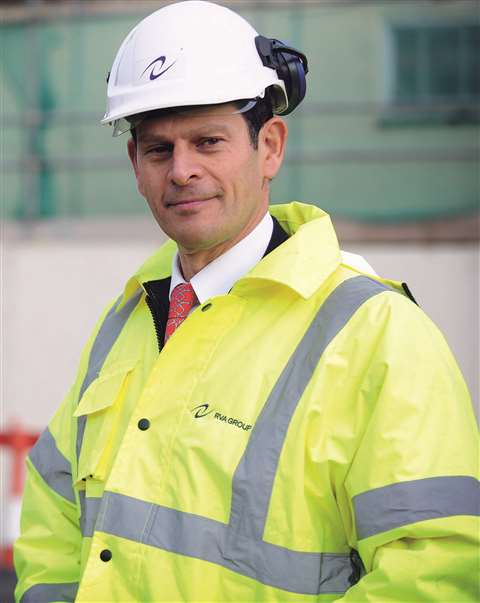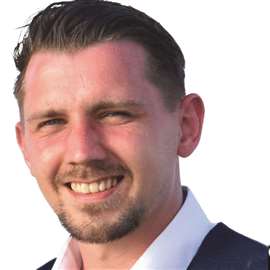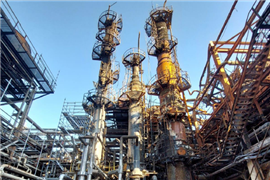Richard Vann: EHS excellence
01 October 2019
I don’t think anyone involved in the demolition profession, in any part of the world, would sit back and say: “Do you know what, I think my approach to EHS (environment health and safety) is only average” or “we’re safe but could be safer”. I would certainly hope that they wouldn’t.

I genuinely believe that clients, contractors and consultants alike, will all profess to be at the top of the EHS excellence ladder, and most will genuinely believe that they are. This is encouraging of course – it shows that a respect for safety is acknowledged and, in most cases, prioritised.
But the problem lies in the fact that in the eyes of demolition professionals, EHS excellence is largely influenced by the mindset of the individual(s) that control an organisation. It is a cultural belief and has to be embedded in the corporate DNA. Corporate safety culture is not just a physical manifestation of safety rules. For it to be wholly effective it needs to run through the hearts and minds of anyone involved in a project.
The fundamental environment health and safety questions
So how can it be better defined?
A company may stipulate unswerving rules regarding hard hats and safety goggles being worn on site, for instance. While this is of course an important and often mandatory requirement, actual safety management starts long before this – getting people to think about what they are doing, why they are doing it, and how are they going to do it in the safest way possible, are all fundamental questions.
A less informed employee may always turn up in safety boots, then jump on and off the back of a wagon without a second thought and break an ankle. The safety believer will first ask – do I need to get on the wagon in the first place, is there a better alternative and if not, how do I ensure safe access and egress?
For EHS excellence to be the genuine priority, it comes down to every action, however seemingly minor. There can be no cut corners. No compromises. Not even an ounce of dismissiveness. Because if there is, that says that safety isn’t really the priority after all. It implies that sometimes, it’s OK to not be safe, which we know of course is not the case. Safety is an absolute – there is no scale of safeness!
Analysing and removing EHS hazards
I appreciate that some people think risk assessments can occasionally be too extreme. For example, I’ve lost count of the number of times I’ve heard people claim: “That’s health and safety gone mad.”
And I must admit, there has been the odd time when I’ve also stopped and been shocked by how extensive some people’s safety-driven thinking is.
I’m sure most people will have had their own internal “eye roll” moment. But really, if we’re all here to protect the welfare of ourselves and those around us, there can be no eye rolling – everything should be risk assessed.
EHS excellence is therefore about analysing any hazards, both in advance and as they present themselves, deducing how and where these hazards can be removed completely, and then resorting to exploring the next best way to take the risk(s) to a minimum. Having a safety moment in every meeting, helps to establish safety excellence as a cultural norm. It challenges perceptions, prevents tardiness and showcases best practice.
Because true excellence is admittedly about more than compliance alone. So, in that respect, it perhaps will always remain subjective. Some individuals feel that prohibiting the use of hands free when driving is a step too far, for instance, as they believe they can still concentrate on the road. Other organisations would not even contemplate permitting this, emphasising instead that a driver’s priority is to remain wholly alert and focused on the road.
I suppose much of the debate comes back to Heinrich’s safety triangle – a model which has itself come under scrutiny and criticism in recent times. But the relationship between near misses, minor injuries and more severe incidents is comprehensible. And, when someone has an instinctive ability to identify hazards that other people wouldn’t ever see, that’s evidence that safety excellence has become front and centre.
- · Do you have a question for Richard?
Send it to us and you may see it answered in print! E-mail [email protected] and we’ll pass it on. Please include your name, company and contact details, even if they are not for publication
- · Article first published in the September-October 2019 issue of Demolition & Recycling International
CONNECT WITH THE TEAM








